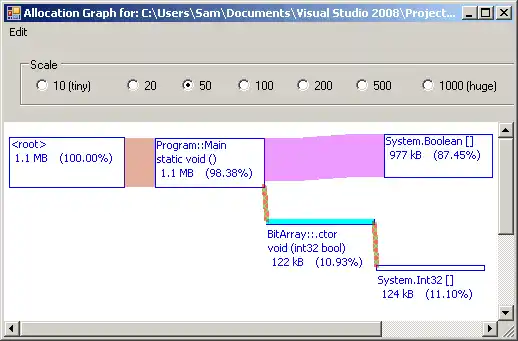using System;
using System.Collections;
class Program
{
static void Main()
{
//
// Initialize BitArray with 4 true bits and 12 false bits.
//
BitArray bitArray1 = new BitArray(16);
bitArray1.Set(0, true);
bitArray1.Set(1, true);
bitArray1.Set(4, true);
bitArray1.Set(5, true);
//
// Display the BitArray.
//
DisplayBitArray(bitArray1);
//
// Initialize BitArray with two set bits.
//
BitArray bitArray2 = new BitArray(16);
bitArray2.Set(0, true);
bitArray2.Set(7, true);
DisplayBitArray(bitArray2);
//
// And the bits.
//
bitArray1.And(bitArray2);
DisplayBitArray(bitArray1);
}
/// <summary>
/// Display bits as 0s and 1s.
/// </summary>
static void DisplayBitArray(BitArray bitArray)
{
for (int i = 0; i < bitArray.Count; i++)
{
bool bit = bitArray.Get(i);
Console.Write(bit ? 1 : 0);
}
Console.WriteLine();
}
}
1100110000000000
1000000100000000
1000000000000000


